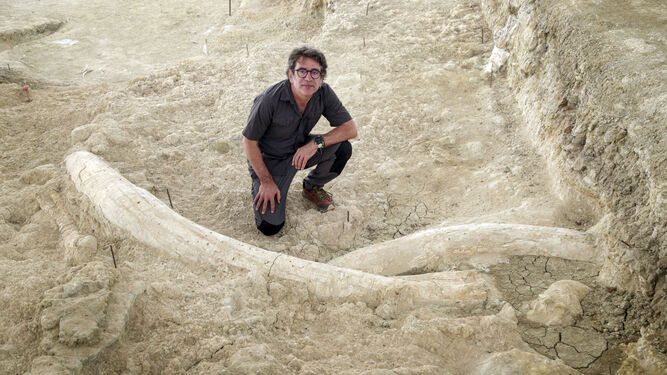Fifty people will participate in this campaign.
A new campaign of archaeological excavations will begin on 19 June at the sites of Orce, in which the conditions in which work was carried out before the pandemic will be restored; that is, with a "large team" of around fifty people and excavating in parallel at the three major sites in this area: Venta Micena, Fuente Nueva 3 and Barranco León, where the oldest remains of human occupation in Western Europe are to be found.
This type of work has not been done since 2019 and comes at a "key" moment for experts to be able to draw in a "much more detailed and rigorous" way what the landscape in Orce was like a million and a half years ago and what were the conditions that favoured human presence", as the director of the work, Juan Manuel Jiménez Arenas, professor of the Department of Prehistory and Archaeology at the University of Granada (UGR), told Europa Press.
The fieldwork will be carried out over a period of three weeks by this multidisciplinary team of experts, including archaeologists, palaeontologists and geologists, and is part of the new General Research Project (PGI) that has just been approved by the Andalusian Regional Government with a total budget of 300,000 euros for the next four years, distributed in 75,000 euros per year.
The new project thus seeks to give continuity to the research carried out in the previous project in order to obtain scientific answers, bearing in mind that most of the research team coincides in both cases.
The general objectives are to refine the chronological framework of the first human presence in the westernmost part of the Eurasian continent. Also, to reconstruct, from different approaches and in as integrated a manner as possible, the ecological framework in which the different levels of the Venta Micena, Barranco León and Fuente Nueva 3 sites were formed.
The aim is also to link the technological changes in lithic carved stone production with the palaeoecological evolution of the most northeastern part of the Guadix-Baza basin, as well as to unravel at family and even species level the modifications carried out by the different biotic agents. In the case of humans, the raw materials used.


